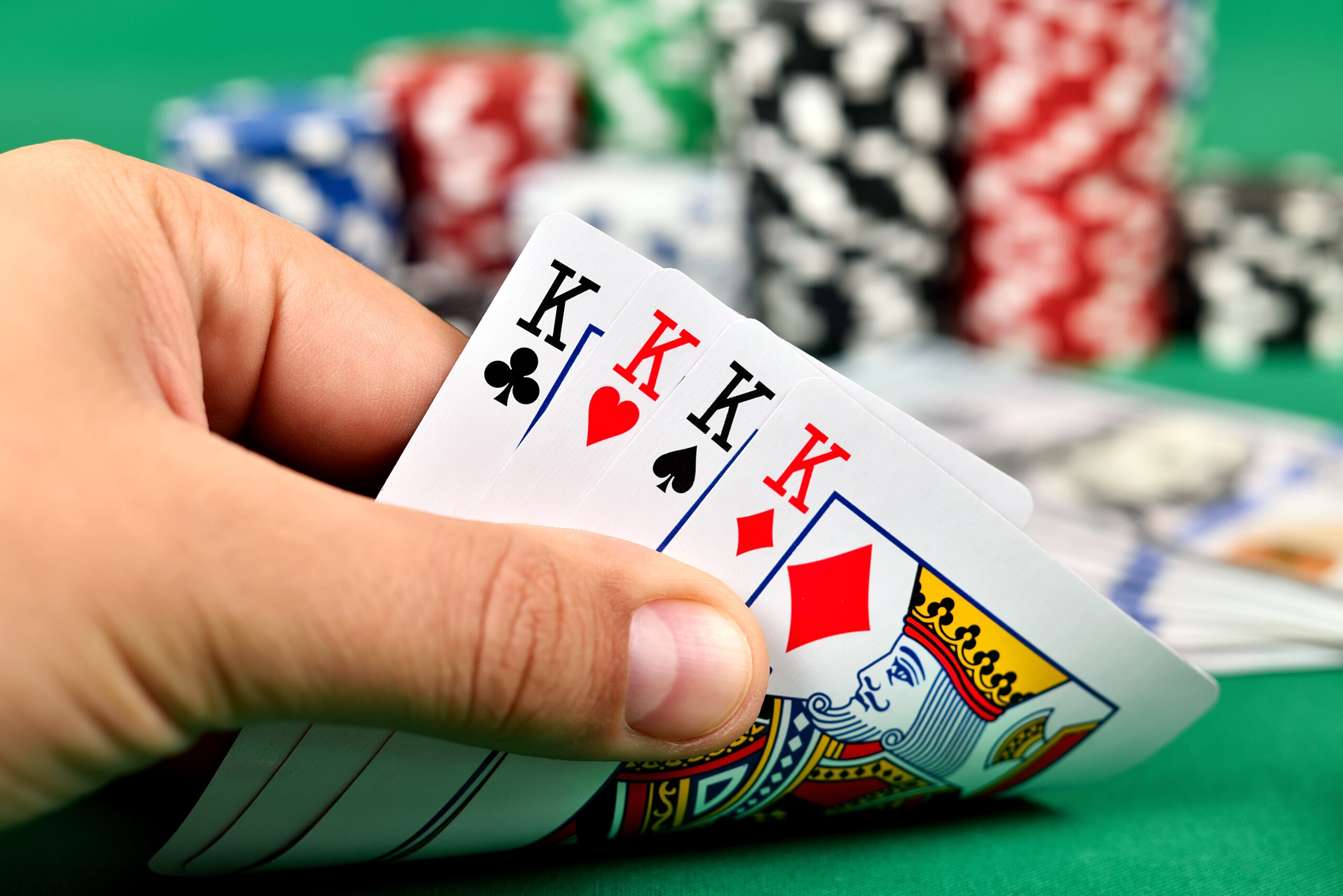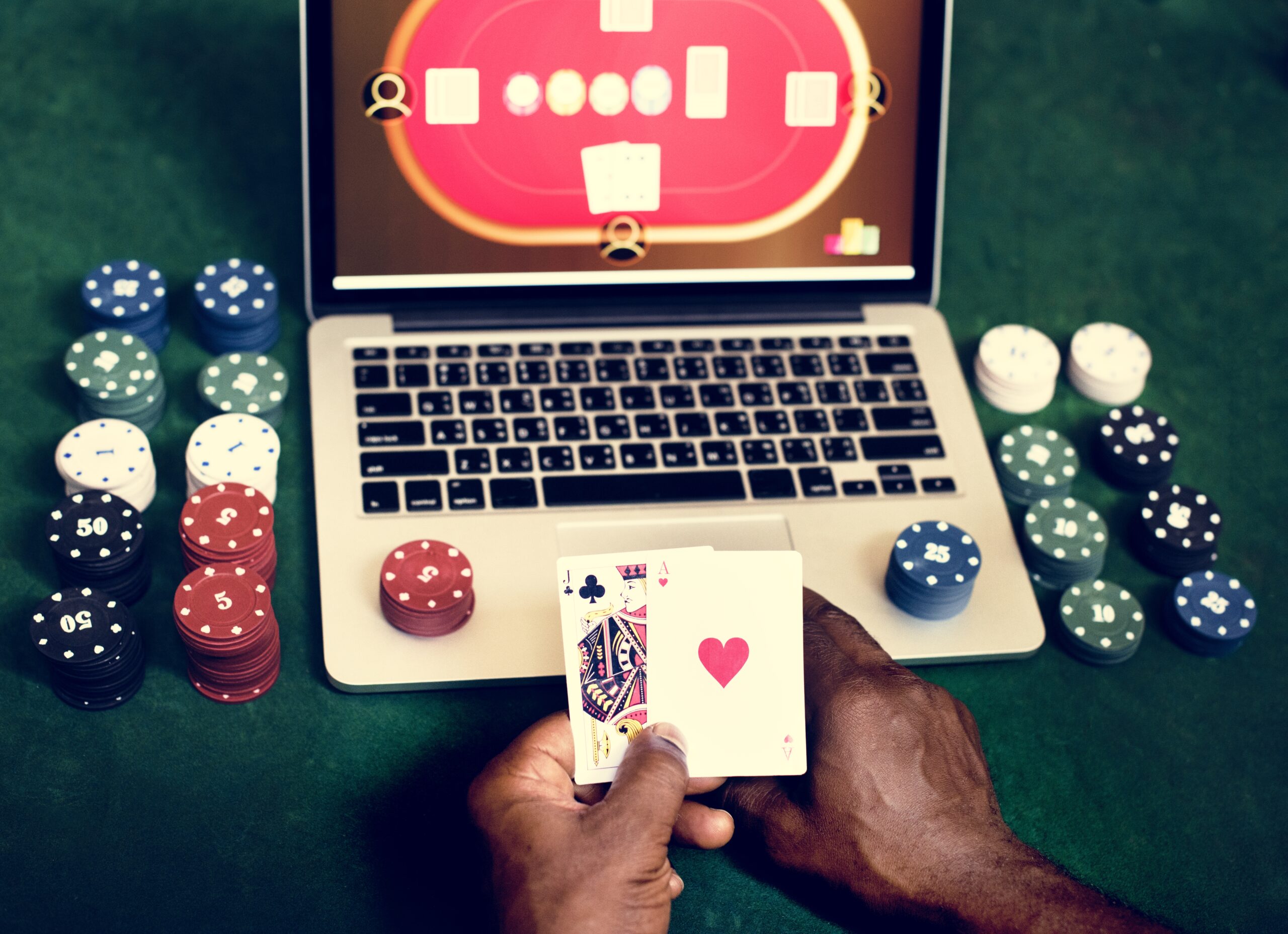Playing poker online feels effortless — a few clicks and you’re in the action. But that convenience comes with hidden traps. Even experienced players make subtle mistakes that opponents can easily exploit.
Article Contents
Timing Tells Still Matter Online
Players click buttons too quickly when they play online poker. You’ve got a strong hand, you see the bet button, and you click straight away. This speed tells opponents exactly what cards you’re holding. A quick call after the flop usually means you’re on a draw. An instant raise signals strength. A long pause followed by a check shows weakness or uncertainty.
Professional players vary their response times deliberately. They count to three before making obvious decisions and sometimes take longer over simple folds. This randomisation prevents opponents from reading patterns in your play. If you always act at the same speed with certain hand types, observant players build a profile of your habits and exploit them in future hands.
Online poker removes physical tells, but timing tells replace them. Players who take thirty seconds to call a river bet often have marginal hands. Those who snap-call usually have the nuts or nothing at all. Recording these patterns helps you make better decisions against regular opponents.

Why Position Matters More Than Premium Hands
Most players treat table position as background noise when they focus on their cards. They see pocket kings in early position and push hard, or they fold decent hands in late position because the cards look average. The mechanics of position actually control more outcomes than the strength of starting hands, yet players keep making the same mistake when playing online poker at home or in tournaments.
Position determines what information you have before acting. A player in late position watches six opponents act first, gathering clues about their hand strength through their bets and timing. Early-position players make decisions blind, while late-position players act with a much clearer picture of the table’s intentions.
Bankroll Maths Nobody Follows
Players typically bring 20 buy-ins to a stakes level and think they have enough. The mathematics of variance says otherwise. Even winning players face downswings of 10 to 15 buy-ins regularly. A professional who wins at five big blinds per 100 hands still experiences these swings over thousands of hands.
The Kelly Criterion suggests risking no more than 2% of your total bankroll on any single game. For a £1/£2 game with a £200 maximum buy-in, you need £10,000 to play optimally. Most players turn up with £2,000 and wonder why they go broke during normal variance.
Your win rate determines your bankroll requirements too. A player winning at ten big blinds per 100 hands can play safely with 30 buy-ins. Someone breaking even needs 100 buy-ins to survive the swings. The smaller your edge, the larger the cushion you need.
Reading Bet Sizes Wrong Every Time
A half-pot bet means something specific in poker theory. It gives opponents 3-to-1 odds, meaning they need to win 25% of the time to break even on a call. Players often see these bets as weak, but the maths supports them in many situations.
Overbetting the pot often shows weakness rather than strength online. When someone bets twice the pot on the river, they usually have air or the absolute nuts — rarely anything in between. The sizing polarises their range so much that you can exploit it by calling with bluff-catchers against aggressive players and folding medium-strength hands.
Small bets on wet boards indicate strong hands protecting against draws. Large bets on dry boards suggest bluffs trying to fold out better hands. These patterns reverse what most players expect, which explains why they call in the wrong spots and fold when they should continue.
The Multi-Table Trap
Playing four tables at once seems efficient until you calculate the actual profit difference. A solid player might win at eight big blinds per 100 hands on one table with full focus. Add three more tables and that rate drops to two big blinds per 100 hands on each table. The total hourly rate barely increases while variance quadruples.
Each additional table reduces your ability to track opponent tendencies. You miss timing tells, betting patterns, and showdown information that would improve your decisions. The player who three-bet you might always have aces, but you never noticed because you were clicking buttons on another table when he showed down previously.
Professional grinders have found the sweet spot at two tables for most players. You maintain awareness of opponent patterns while doubling your hand volume. Adding more tables beyond this point usually decreases your hourly win rate unless you’re playing a completely mechanical strategy.

Stack Management Mistakes
Short-stacking with 40 big blinds limits your ability to apply pressure post-flop. Deep-stacking with 200 big blinds creates reverse implied odds situations where you lose massive pots with strong but second-best hands. The optimal stack size sits between 100 and 150 big blinds for most cash games.
Players constantly reload to round numbers. They have 73 big blinds and top up to reach 100. This tells opponents they care about their stack size emotionally rather than strategically. Smart players maintain odd stack sizes to avoid giving away psychological information.
Auto-rebuy features cause players to lose more than necessary. The software reloads your stack instantly after losing a pot, preventing you from recognising when you should leave the table. Manual rebuying forces you to make a conscious decision about continuing, which improves your game selection and helps prevent tilt-driven sessions.
Final Thoughts
Online poker rewards small edges repeated consistently. Slowing down your decisions, understanding table position, managing your bankroll, and paying attention to betting patterns all make measurable differences over time. The best players avoid autopilot, question every action, and use focus as their biggest advantage in a fast-paced digital game.
Cover image by fabrikasimf on Freepik
- What Are Drifters & Steamers In Sports Betting? - November 19, 2025
- Inplay Betting| What’s Live Betting? Which Bookies Have It? - November 19, 2025
- Live Streaming | Which Bookmakers Stream Live Sport? - November 18, 2025
